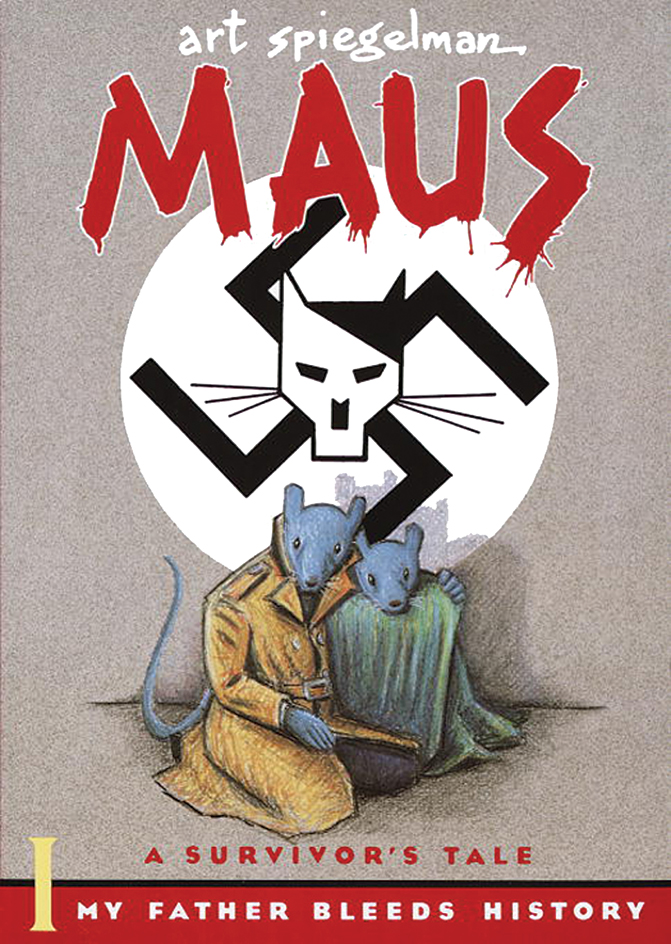Graphic novel is a book-length story that combines pictures and text. Graphic novels resemble comic books. However, graphic novels are much longer and often bound in heavy paper covers like paperback books. Graphic novels aimed at adult readers generally tell more complex stories than comic books, and their subject matter is often more serious. Such graphic novels may explore adult themes, such as oppression, alienation, and terrorism. They may also portray sexual behavior and violent acts more realistically than comic books directed at younger readers. However, many graphic novels are created specifically for young readers from elementary school through middle school or high school. Authors usually create both the text and illustrations, though some only write the stories and collaborate with artists on the visual material.

Graphic novels became the fastest-growing segment of book publishing in the early 2000’s. Their popularity spread with the success of several motion pictures adapted from graphic novels. The films include The Road to Perdition (2002), originally written in 1998 by the American author Max Allan Collins, and Sin City (2005), from a series of graphic novels begun in 1992 by another American author, Frank Miller.
The origin of the term graphic novel is uncertain, but the American graphic novelist Will Eisner is generally credited with popularizing the term. In 1978, Eisner wrote and illustrated four related stories in a book called A Contract with God, which included the term on the book cover. Graphic novels gained mainstream acceptance with the publication of the American author Art Spiegelman’s two-volume Maus: A Survivor’s Tale. It describes the experiences of Spiegelman’s parents during the Holocaust, the systematic killing of Jews and others by the Nazis during World War II (1939-1945). The first volume, subtitled My Father Bleeds History, was published in 1986. The second volume, subtitled And Here My Troubles Began, was published in 1991.
